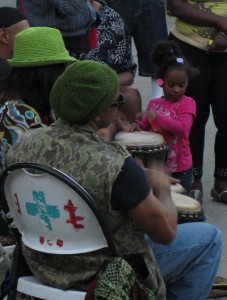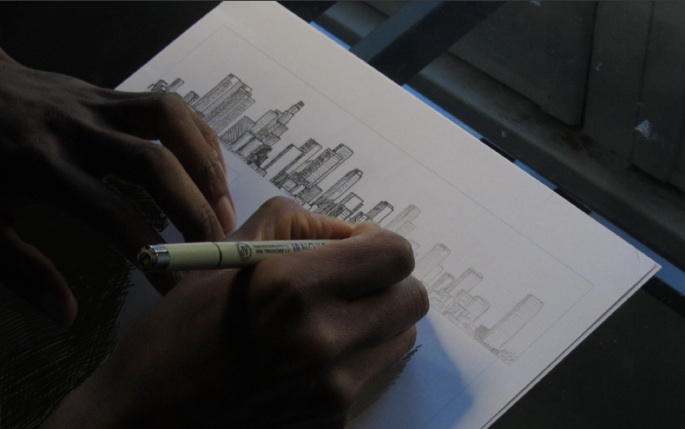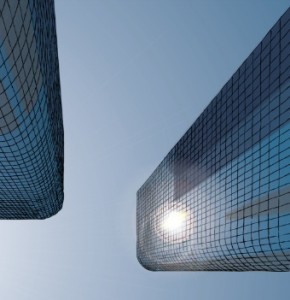So what was I supposed to do, exactly?
So today, five minutes before the end of my class, someone came in and sat down. This is fine. My first thought was they they were early for the next class, or perhaps were curious about my class and decided to sit in at the end, or… fine. I finished up the lecture (on supersymmetry and world-volume actions and D-branes, including various tips for how to count and organize supercharges when you’ve got extended supersymmetries…. fun stuff) and left the classroom. I went to the nearby men’s room and washed the chalk off my hands, and so forth, and re-emerged. There were ten or so minutes left before the colloquium of Nobel Prize winner Anthony Leggett was to begin, and I had just enough time to go and get some coffee to help me off the low I was going through (presumably due to tiredness and eight-hour jetlag – I landed back in LA just about 24 hours ago).
Emerging from the men’s room, the same guy who had arrived at my class was standing waiting for me and walked up and said, “I sent you that email, remember?”. I replied “Which one?” He’d not told me his name or anything, so I had nothing to go on here. He seemed very put out that I did not know what he was talking about and said “The one a couple of weeks ago.”
“Who are you?” […] Click to continue reading this post


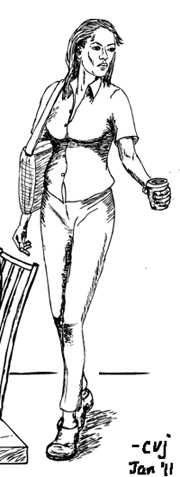
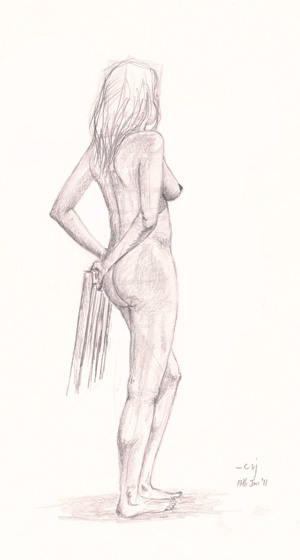
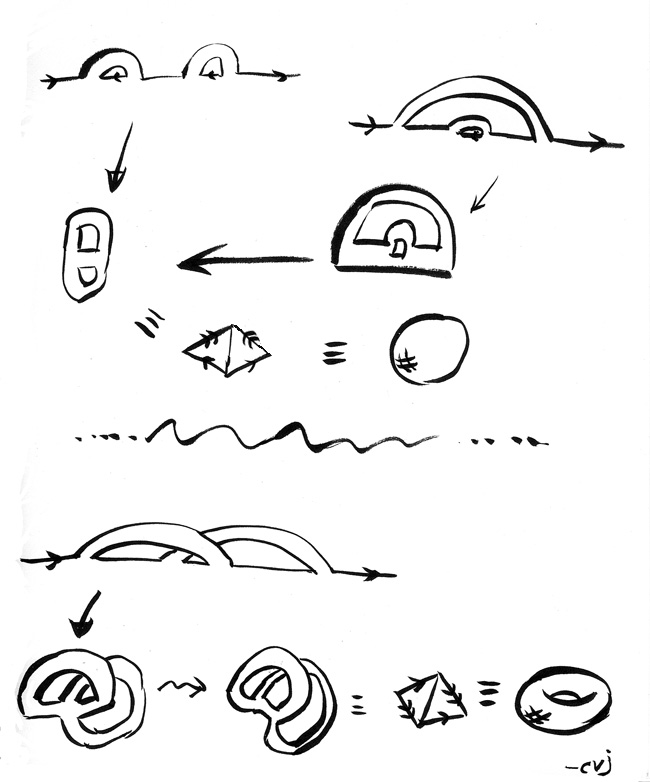
 I just saw on the USC news site that DJ Strouse, one of our excellent current physics majors, has been selected as one of 14 students in the USA to get a Churchill Scholarship this year! He is the first USC student to get one, actually. DJ is one of those students who reminds you why teaching is such a delight. He engages with the material in class and beyond, exploring it extensively on his own, and […]
I just saw on the USC news site that DJ Strouse, one of our excellent current physics majors, has been selected as one of 14 students in the USA to get a Churchill Scholarship this year! He is the first USC student to get one, actually. DJ is one of those students who reminds you why teaching is such a delight. He engages with the material in class and beyond, exploring it extensively on his own, and […] 